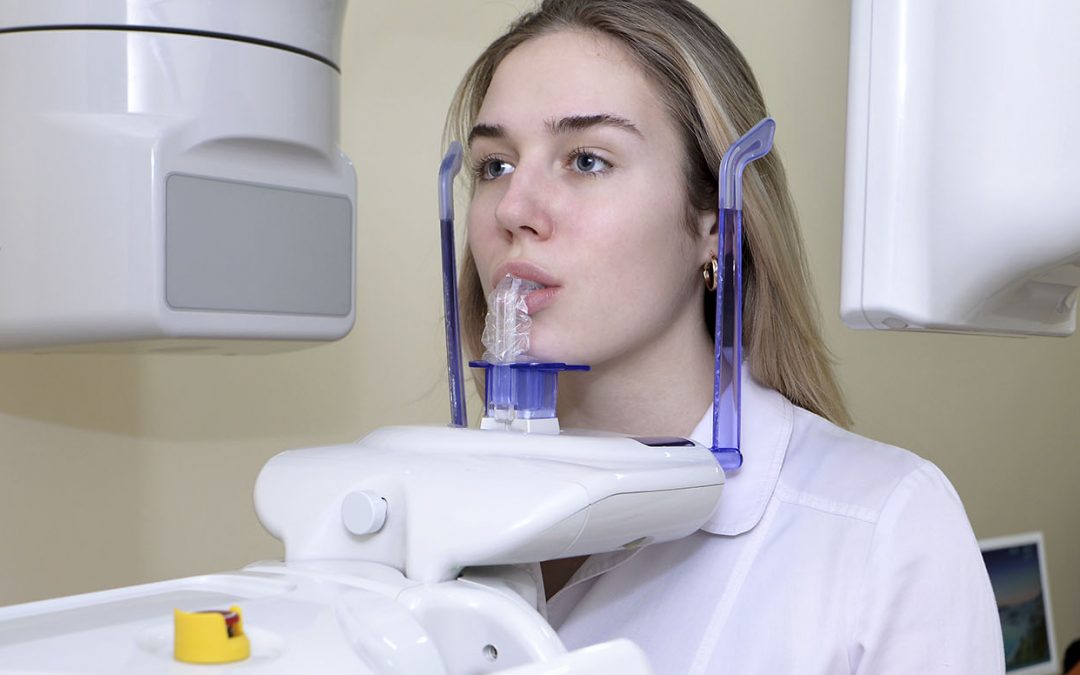ISO 11405 Dental Adhesive Aging Resistance Testing
The ISO 11405 standard provides a framework for evaluating the aging resistance of dental adhesives. This testing is critical in ensuring that dental materials remain effective and stable over time, which directly impacts patient health and treatment outcomes.
Dental adhesives are used extensively in various restorative dentistry procedures, including bonding orthodontic brackets, restoring tooth structure with composite resins, and direct and indirect veneers. The durability of these adhesives is paramount to their performance and longevity within the oral environment. Environmental factors such as temperature changes, saliva, occlusal forces, and microbial activity can influence the adhesive's mechanical properties and bond strength over time.
The ISO 11405 test simulates real-world conditions by exposing dental adhesives to a controlled aging process followed by a mechanical testing phase. This ensures that the material retains its integrity and performance after prolonged use, thereby enhancing patient safety and treatment efficacy.
During this procedure, samples of the adhesive are prepared according to specified dimensions and cured under standardized conditions. After curing, they undergo an accelerated aging process typically involving temperature cycling, humidity exposure, or immersion in specific solutions. This step mimics the environmental stressors that adhesives might experience during their service life.
Following the aging phase, mechanical testing is performed using specialized equipment designed to simulate the forces encountered by dental restorations. Common tests include shear bond strength and tensile bond strength measurements between the adhesive and tooth enamel or dentin. These tests are critical for assessing the adhesion quality of the material under realistic conditions.
The acceptance criteria for ISO 11405 testing are stringent, ensuring that only materials meeting rigorous standards can pass. The test results provide valuable insights into the long-term performance of dental adhesives, guiding manufacturers in improving their formulations and enhancing clinical outcomes.
Understanding the aging resistance of dental adhesives is crucial for both R&D teams and quality assurance professionals. It allows them to optimize adhesive properties, ensuring that products meet regulatory requirements and deliver superior patient care.
Industry Applications
The application of ISO 11405 testing extends beyond the dental laboratory to encompass various aspects of clinical practice and product development. Dentists rely on these tests to ensure that the materials they use are robust enough to withstand daily wear and tear, thereby improving patient satisfaction and treatment success rates.
For manufacturers, compliance with ISO 11405 is not only a regulatory requirement but also an assurance of quality. By adhering to this standard, companies can demonstrate their commitment to producing reliable dental adhesives that meet the highest industry standards.
R&D engineers benefit from ISO 11405 testing as it provides them with detailed data on material performance under various conditions. This information is invaluable for innovation and development of new adhesive formulations that are not only durable but also biocompatible and aesthetically pleasing.
Procurement teams can use the results of these tests to make informed decisions about which suppliers to work with, ensuring that they source materials from reputable manufacturers who adhere to stringent quality control measures.
Quality and Reliability Assurance
The importance of quality and reliability in dental adhesives cannot be overstated. Patients rely on these materials for long-term restorative treatments, and any compromise on their integrity can lead to complications such as failed bonds or the need for repeated procedures.
ISO 11405 testing plays a pivotal role in maintaining high standards of quality assurance by providing a standardized method for evaluating aging resistance. This ensures that dental adhesives consistently meet performance expectations, enhancing patient outcomes and reducing the risk of complications.
By adhering to this standard, laboratories ensure that their testing procedures are consistent with international best practices. This consistency is crucial in maintaining trust within the industry and providing accurate data for regulatory bodies and customers.
The rigorous nature of ISO 11405 testing also helps manufacturers identify potential weaknesses or areas for improvement in their products. This proactive approach to quality control contributes to continuous product enhancement, ultimately leading to better patient care and satisfaction.
Customer Impact and Satisfaction
The impact of ISO 11405 testing on customer satisfaction is profound, as it directly influences the performance and longevity of dental restorations. Patients benefit from adhesives that are proven to withstand environmental stresses without compromising their bond strength or integrity.
When dentists use materials that have passed rigorous aging resistance tests, they can provide more reliable treatments with lower rates of failure. This not only enhances patient confidence but also reduces the need for costly and time-consuming repeat procedures.
For manufacturers, compliance with ISO 11405 is a key differentiator in the competitive dental market. It demonstrates their commitment to quality and innovation, which can lead to increased customer trust and loyalty. This, in turn, fosters long-term relationships between suppliers and dentists, contributing to overall industry growth.
R&D teams that utilize ISO 11405 testing as a part of their development process are better equipped to bring reliable products to market quickly. This accelerates the availability of cutting-edge dental adhesives, further enhancing patient care and satisfaction.





